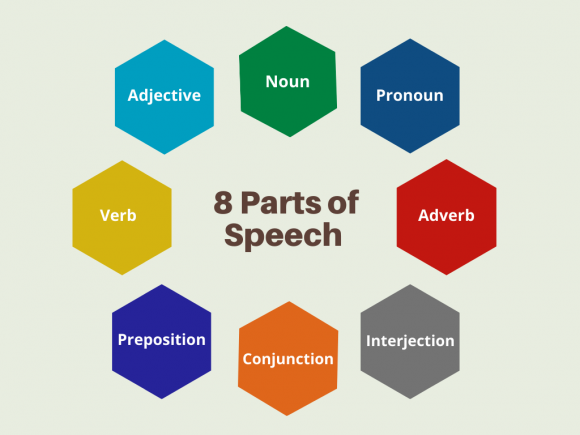

My grandfather has a beautiful house in San Francisco.let’s understand this with the help of a few examples:

It could be a quality or shape or size or number. An adjective describes the noun or a pronoun. This part of speech adds what we can call color to the sentence. Adverbs of degree: This kind shows the degree of the verb, essentially answering the question of how much? Example – This escalated very quickly.Adverbs of place: This kind of adverbs show the place of the action, essentially answering the question of where? Example – We looked for mushrooms everywhere in the marshy land.they usually are the common adverb type. They answer the question of how? Example – The turtle walked slowly. Adverbs of manner: These adverbs show the manner of action.They answer the question of when? Example – She walked in today. Adverbs of time: These show the time of the action.There are different kinds of Adverbs that we have covered before: Adverbs describe the verbs in the sentence. Adverb:Īn adverb aids the verb in showing how the action was done. Notice how the verbs am, is, are, was, were show the state of being. She was with the choir group last summer.Children are playing on the playground.It could be a physical or mental action or just the state of being in a sentence. It’s right around the corner.Īll the fun of the sentence is the verb. Joe’s pizza is a great place to eat at.She is performing at the city centre mall today. To list a few- I, her, she, them, theirs, they, and so on. The meaning stays the same, it’s just instead of repeatedly using the noun, you have something shorter that is the pronoun.

Examples – daughter-in-law, tooth-paste, eight-packĪ pronoun is a word used instead of the noun.


 0 kommentar(er)
0 kommentar(er)
